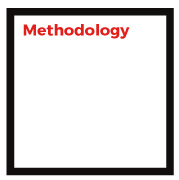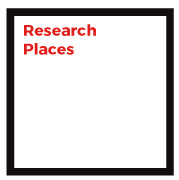What was a disaster for women and men in early modern Europe? What were the causes and possible remedies? Through which social, cultural and linguistic processes, the individual experiences and memories of survivors and witnesses were converted into shared readings? How did these readings shape the responses that the institutions and the different social actors offered to the affected communities? If the factors of a disaster reside in society at least as much as in the natural environment, in the aftermath of a catastrophe, in the management of the crisis and in the initiation of reconstruction, both the modes of circulation of information and the texts through which stories and memories take shape play a crucial role in the management of the crisis and in the initiation of reconstruction. Starting from these considerations, DisComPoSE
Thanks to the intersection of different disciplinary perspectives – from social and cultural history to textual criticism, from anthropology to historical ecology – DisComPoSE aims at broadening the knowledge on the ways in which specific readings of natural disasters influenced social relations and power structures in the ancien régime European societies.
DisComPoSE is expected to make a number of contributions in several fields:
– it will provide a new cross-disciplinary methodology to disaster studies that could be adapted to different areas and periods, by applying, in particular, the methods of textual criticism and cultural history:
Because of its wide geographical scope and its interdisciplinary approach, DisComPoSE entails the involvement of scholars from different fields: Cultural History, Social History, History of Language, Italian and Spanish Philology, Textual Criticism, History of Art, Anthropology, and History of Science.
In order to achieve its goals, the research adopts a dual perspective:
· On the one hand, we will collect from European archives and libraries a wide-ranging corpus of narratives and images produced and disseminated in the wake of earthquakes, eruptions, floods, landslides, and droughts, that occurred in the Spanish Empire.







